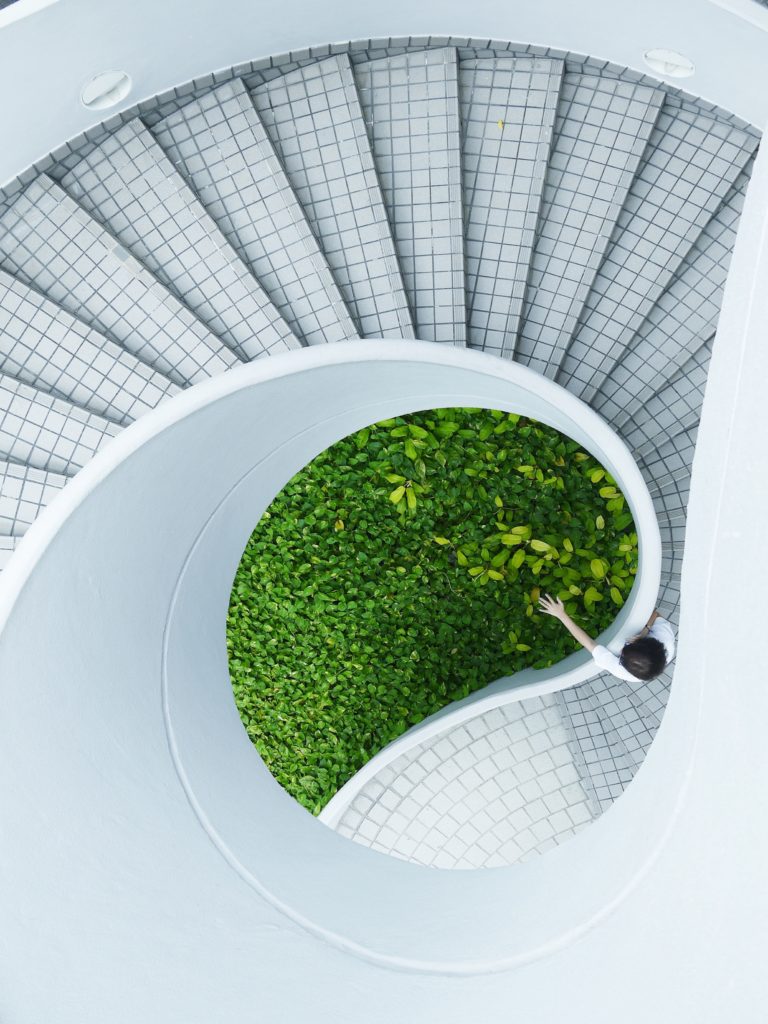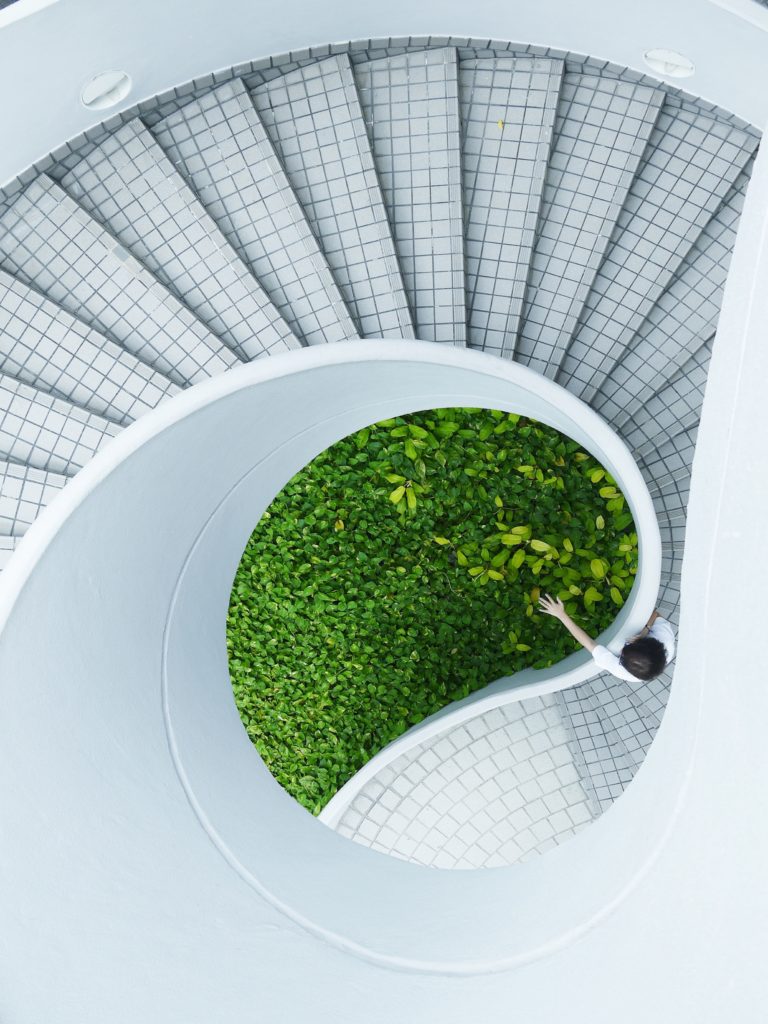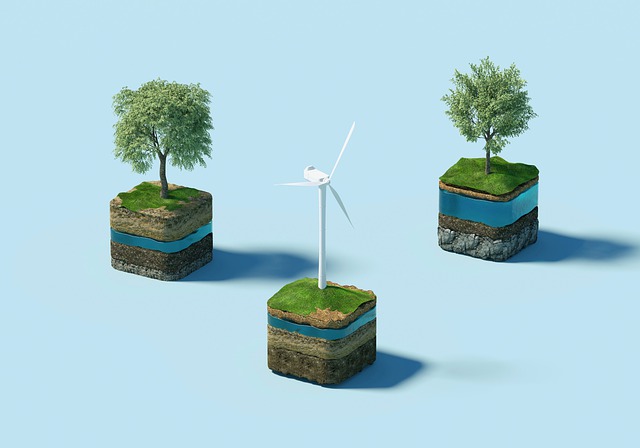In this article, you will learn about the concept of Green Infrastructure and how it can help manage stormwater. Green Infrastructure allows water to either soak into the ground or be stored for later use. New Jersey Future provides a range of resources to help you understand and implement green infrastructure in your community. Their Green Infrastructure Municipal Toolkit offers valuable information and tools for cities and towns to plan and carry out green infrastructure projects. Additionally, the Developers Green Infrastructure Guide 2.0 can help developers and decision-makers explore the various green infrastructure options available.
New Jersey Future’s resources cover everything from case studies, planning and design resources, to operations and maintenance guidance. They also provide valuable information on decision-making, including costs and benefits, funding sources and tools, and the triple-bottom line benefits of green infrastructure. The resources even delve into areas such as green infrastructure in parks and green streets. If you’re interested in getting an overview of green infrastructure and seeing successful projects in action, there are also videos available for you to check out. New Jersey Future is a nonprofit organization that is dedicated to promoting smart growth and sustainable development in New Jersey.

Understanding and Implementing Green Infrastructure
Green Infrastructure is an approach to managing stormwater that aims to mimic the natural water cycle by enabling water to infiltrate the ground or capturing it for later reuse. This innovative strategy offers numerous benefits, ranging from reducing stormwater runoff and improving water quality to enhancing green spaces and promoting sustainable development. If you are interested in learning more about green infrastructure and how to implement it successfully, New Jersey Future is here to help.
Definition of Green Infrastructure
Green infrastructure refers to a network of natural or semi-natural systems that are designed to manage stormwater by using vegetation, soils, and other natural elements. Unlike traditional gray infrastructure, which relies on pipes and concrete to transport and treat stormwater, green infrastructure focuses on incorporating nature-based solutions into urban and suburban environments. By using techniques such as rain gardens, bioswales, green roofs, and permeable pavements, green infrastructure effectively reduces stormwater runoff and promotes sustainable water management.
Benefits of Green Infrastructure
The benefits of green infrastructure are numerous and wide-ranging. Implementing green infrastructure projects can significantly reduce stormwater runoff, which helps alleviate the strain on existing drainage systems during heavy rainfall events. By capturing and treating stormwater at its source, green infrastructure improves water quality by filtering out pollutants and sediments before they enter rivers, lakes, and oceans.
Moreover, green infrastructure has aesthetic and recreational benefits, as it creates attractive green spaces within communities. Parks and green streets that incorporate green infrastructure elements not only provide opportunities for recreation but also enhance biodiversity by creating habitats for native plants and wildlife.
Principles of Green Infrastructure
When implementing green infrastructure projects, several key principles should be considered. These principles include:
-
Integration: Green infrastructure should be seamlessly integrated into the existing built environment and urban fabric, ensuring that it complements surrounding land uses and enhances the overall aesthetics of the area.
-
Multiple Benefits: Green infrastructure should provide multiple benefits beyond stormwater management. It should enhance the overall livability and quality of life in communities by creating green spaces, improving air quality, reducing urban heat island effects, and promoting human health and well-being.
-
Adaptability: Green infrastructure should be adaptable and flexible to the local context and the specific needs of a particular site. As each location has unique challenges and opportunities, green infrastructure strategies should be tailored to address the specific stormwater management issues of an area.
-
Maintenance: Regular maintenance and monitoring are crucial for the long-term success of green infrastructure projects. Proper maintenance ensures that green infrastructure continues to effectively manage stormwater and deliver its intended benefits over time.
Implementing Green Infrastructure
Implementing green infrastructure requires careful planning, thoughtful design, and skillful construction. New Jersey Future offers a range of resources to guide you through each step of the process.
Planning for Green Infrastructure Projects
The Green Infrastructure Municipal Toolkit is an invaluable resource provided by New Jersey Future. This toolkit is designed to assist cities and towns in planning and implementing green infrastructure projects. It provides step-by-step guidance on how to assess site suitability, select appropriate green infrastructure techniques, and integrate green infrastructure into existing stormwater management plans. The toolkit also includes case studies and sample ordinances to demonstrate successful implementation strategies.
Designing Green Infrastructure Systems
Designing green infrastructure systems requires a thorough understanding of the site’s conditions and the specific stormwater management goals. New Jersey Future’s resources include a variety of planning and design resources that offer best practices and design guidelines for incorporating green infrastructure elements. These resources address site-specific considerations such as soil infiltration rates, slope, and available space to help designers create effective and functional green infrastructure systems.
Constructing Green Infrastructure
Proper construction techniques are essential to ensure the success and longevity of green infrastructure projects. New Jersey Future’s resources provide guidance on construction practices, including specifications for materials, installation techniques, and quality control measures. Following these guidelines will help ensure that green infrastructure features are installed correctly and can effectively manage stormwater.
Maintaining Green Infrastructure
Maintenance is critical to the long-term performance and functionality of green infrastructure systems. Regular inspection and maintenance activities, such as removing debris, controlling vegetation, and repairing any damage, are vital to ensure that green infrastructure continues to function as intended. New Jersey Future provides operations and maintenance guidance to help communities develop effective maintenance plans and ensure the ongoing success of green infrastructure projects.

Resources for Green Infrastructure
To help communities and decision-makers understand, fund, and implement green infrastructure, New Jersey Future offers a wide range of resources tailored to different needs.
New Jersey Future’s Resources
New Jersey Future’s website provides a wealth of information on green infrastructure, including case studies, best practices, and policy recommendations. The organization’s resources cover various aspects of green infrastructure implementation, from planning and design to funding and maintenance.
Green Infrastructure Municipal Toolkit
The Green Infrastructure Municipal Toolkit is a comprehensive guide designed to assist municipalities in implementing green infrastructure projects. It includes practical information on project assessment, planning, design, and implementation, as well as guidance on how to engage stakeholders and secure funding.
Developers Green Infrastructure Guide 2.0
The Developers Green Infrastructure Guide 2.0 is a valuable resource for developers, property owners, and decision-makers. This guide provides an overview of green infrastructure options, highlighting the benefits and considerations for incorporating green infrastructure into development projects. It also offers practical advice on design, construction, and maintenance.
Case Studies
Real-life examples of successful green infrastructure projects can provide valuable insights and inspiration. New Jersey Future has compiled several case studies that showcase different types of green infrastructure projects and their positive impacts. These case studies highlight the benefits, challenges, and lessons learned from each project, offering valuable guidance for future green infrastructure initiatives.
Planning and Design Resources
New Jersey Future provides various planning and design resources, such as technical manuals, design guidelines, and templates. These resources offer step-by-step guidance on designing and implementing green infrastructure systems, ensuring that they effectively manage stormwater while enhancing the surrounding environment.
Operations and Maintenance Guidance
Proper operations and maintenance are crucial for the long-term success of green infrastructure projects. New Jersey Future offers operations and maintenance guidance, including manuals, checklists, and recommended maintenance practices. These resources help communities develop effective maintenance plans and ensure that green infrastructure continues to function properly and deliver its expected benefits.
Decision-Making for Green Infrastructure
Implementing green infrastructure requires careful decision-making, particularly when it comes to evaluating costs and benefits and identifying appropriate funding sources.
Costs and Benefits Analysis
New Jersey Future provides tools to help communities assess the costs and benefits of green infrastructure projects. These tools consider factors such as construction costs, long-term maintenance expenses, and the potential benefits of stormwater management, water quality improvement, and community enhancement. By conducting a comprehensive cost-benefit analysis, decision-makers can make informed choices when prioritizing and funding green infrastructure projects.
Funding Sources and Tools
Identifying appropriate funding sources for green infrastructure projects can be challenging. New Jersey Future offers a range of tools and resources to help communities explore funding opportunities and navigate the funding process. From grants and loans to incentives and public-private partnerships, these resources provide guidance on accessing financial support for green infrastructure initiatives.
Triple-Bottom Line Benefits of Green Infrastructure
In addition to the environmental benefits, green infrastructure also provides social and economic advantages, collectively known as the triple-bottom line benefits. These benefits include improved public health outcomes, increased property values, job creation, and enhanced community resilience. Understanding and quantifying the triple-bottom line benefits can bolster the case for green infrastructure and attract support from various stakeholders.

Green Infrastructure in Parks
Green infrastructure has a significant role to play in parks, offering numerous benefits to both visitors and the natural environment.
Benefits of Green Infrastructure in Parks
Green infrastructure in parks provides opportunities for stormwater management, creating attractive green spaces that improve water quality and reduce flooding risks. Additionally, green infrastructure elements in parks can enhance biodiversity, provide wildlife habitats, and contribute to the overall aesthetics and recreational value of the park.
Designing and Implementing Green Infrastructure in Parks
Designing and implementing green infrastructure in parks requires careful consideration of the park’s existing features, visitor needs, and conservation goals. New Jersey Future’s resources provide guidance on incorporating green infrastructure elements into park designs, considering factors such as site suitability, maintenance requirements, and the need for public engagement.
Green Infrastructure in Streets
Integrating green infrastructure into streets can transform them into vibrant, sustainable spaces while effectively managing stormwater.
Benefits of Green Infrastructure in Streets
Green infrastructure in streets helps reduce stormwater runoff, improves water quality, and reduces the strain on existing drainage systems. Additionally, green streets create attractive and pedestrian-friendly environments, enhancing walkability and promoting active transportation. By adding green infrastructure elements such as bioswales, green medians, and tree plantings, streets can become more sustainable, visually appealing, and people-oriented.
Designing and Implementing Green Infrastructure in Streets
Designing and implementing green infrastructure in streets requires a balanced approach that considers both stormwater management needs and the needs of street users. New Jersey Future’s resources provide practical guidance on designing green streets, addressing aspects such as street layout, traffic calming, and ensuring the integration of pedestrian and bicycle infrastructure.
Understanding Green Infrastructure Videos
If you prefer to learn through visual means, New Jersey Future offers several videos that provide an overview of green infrastructure and showcase successful projects. These videos not only educate about the concepts and benefits of green infrastructure but also serve as inspiration for implementing similar projects in your own community.
About New Jersey Future
New Jersey Future is a nonprofit organization with a mission to promote smart growth and sustainable development in New Jersey. The organization focuses on helping communities make informed decisions about land use, transportation, and infrastructure planning to ensure a prosperous, equitable, and resilient future for the state.
Mission and Focus of New Jersey Future
New Jersey Future’s mission is to advance innovative land use and development policies that promote sustainable growth and improve the quality of life for all New Jersey residents. The organization works with various stakeholders, including community leaders, policymakers, and developers, to create thriving and resilient communities.
Role in Promoting Green Infrastructure
New Jersey Future plays a significant role in promoting and supporting the implementation of green infrastructure throughout the state. Through its resources, technical assistance, and advocacy efforts, the organization helps communities and decision-makers understand the benefits of green infrastructure and provides the tools and guidance needed to bring these projects to fruition.
Other Initiatives and Resources by New Jersey Future
In addition to green infrastructure, New Jersey Future focuses on a range of other initiatives and resources related to smart growth and sustainable development. These include transit-oriented development, affordable housing, community revitalization, coastal resilience, and climate change adaptation. By addressing these interconnected issues, New Jersey Future aims to create vibrant, inclusive, and sustainable communities across the state.
Conclusion
Green infrastructure offers a multitude of benefits, ranging from managing stormwater and improving water quality to creating attractive green spaces and promoting sustainable development. If you are interested in learning more about green infrastructure and implementing it in your community, New Jersey Future provides numerous resources, including toolkits, case studies, design guidelines, and funding guidance. By accessing these resources and engaging with New Jersey Future’s expertise, you can take meaningful steps towards a greener and more sustainable future. Explore the resources, learn from successful projects, and start implementing green infrastructure in your own community today.



